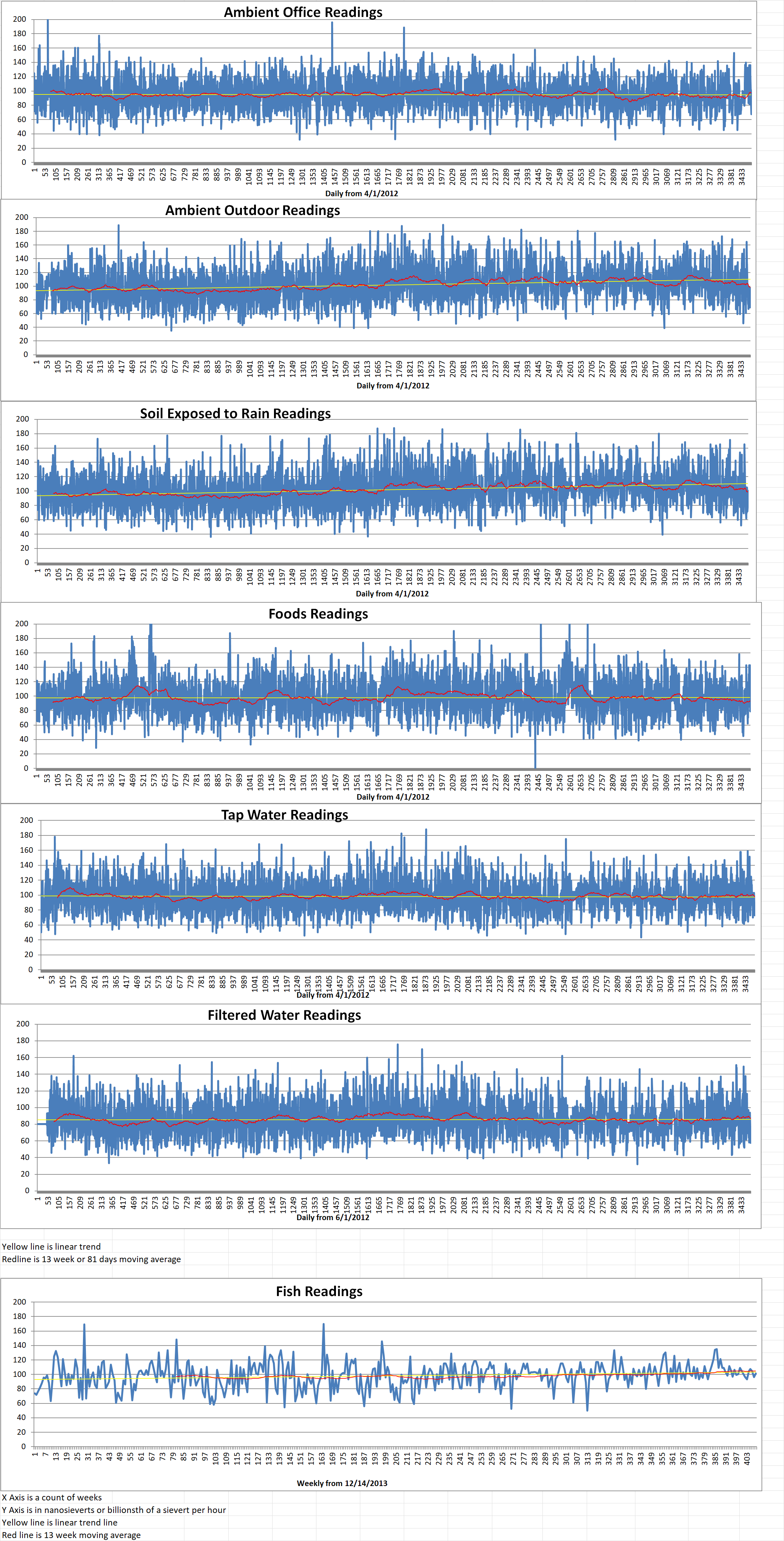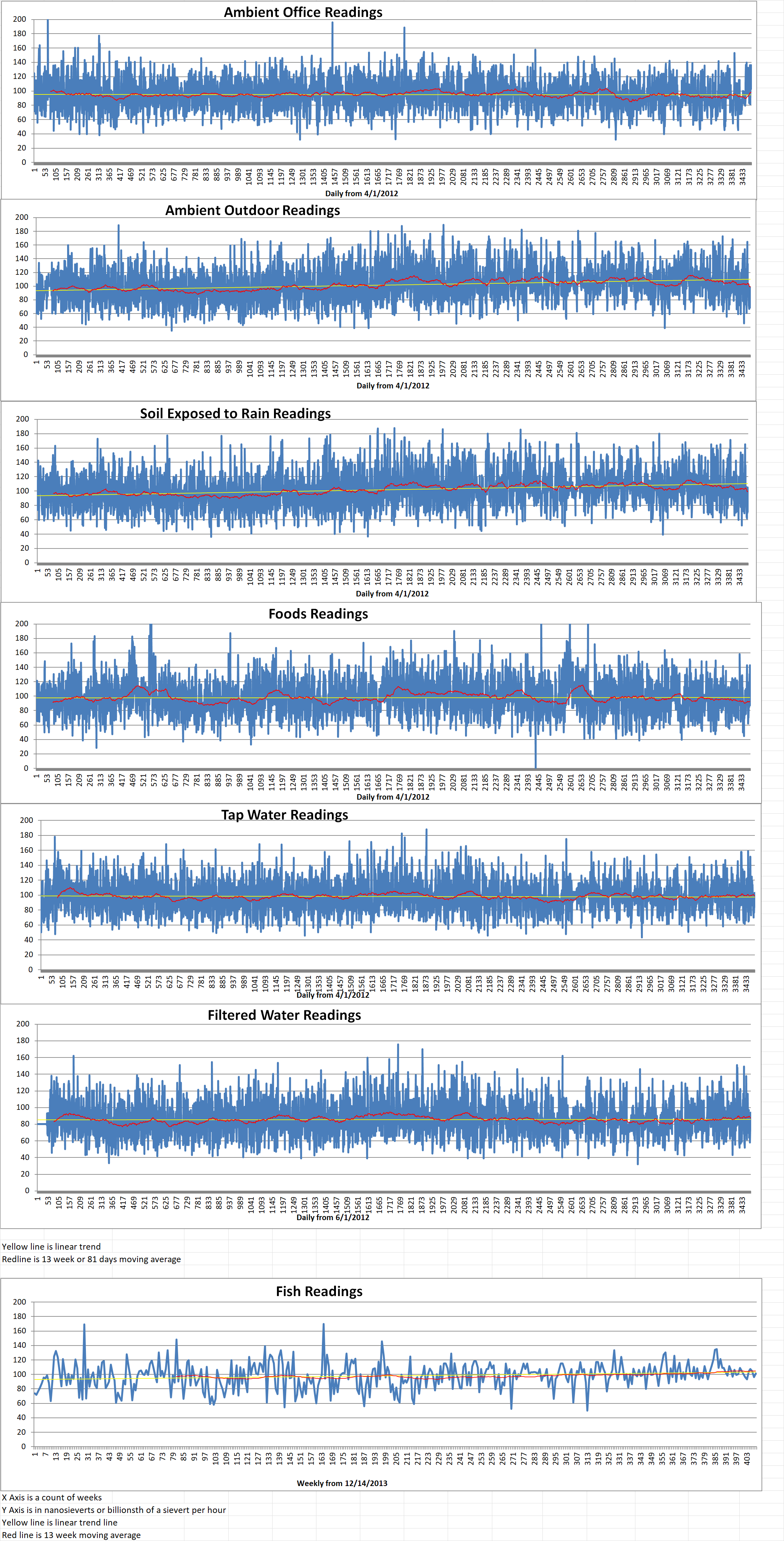Israel considers Iran’s nuclear ambitions as an existential threat and has been outspoken about international efforts to reach an accord with Iran. As talks on curbing Iran’s nuclear program progress in Vienna, Israeli officials have somewhat softened their stance on the matter. Israeli Prime Minister Naftali Bennett recently said, “For sure there can be a good agreement. Is that expected to happen now in the current dynamics? No. Because there needs to be a much firmer position.”
Considering the long-term position of Israel on the possibility of military action against Iran over its nuclear program, the acknowledgement that a deal with Iran would be welcome is a positive step. Benjamin Netanyahu was Mr. Bennett’s predecessor. He said in 2015 when the accord with Iran was first enacted that it was an “historic” mistake. Israel has not ruled out the possibility that it could act unilaterally if the Vienna talks fail, and Iran advances it nuclear program.
Benny Gantz is Israel’s defense minister. He told his US counterpart last month that “Iran is the biggest threat to global and regional peace and stability and building an existential threat to Israel.” Days later, Mr. Gantz told Israeli’s Members of Parliament that the government was “deepening international co-operation” regarding Iran. On December 22nd, he said “I am certain that soon both overt and covert actions will be expanded, by a variety of means.”
Sima Shine heads the Iran program at Israel’s Institute for National Security Studies. She said that direct military action would be a “last resort” if the Vienna talks collapse. She previously led the research unit at Israel’s Mossad intelligence agency. She added, “I assume that Israel will be hoping for a ‘snapback’ in the [UN] Security Council, a tightening of the economic sanctions that are already in place.” The 2015 agreement with Iran included a “snapback” mechanism through which the U.N. could quickly reimpose sanctions if Iran violated the terms of the agreement.
Chuck Freilich is a former deputy national security adviser in Israel. He said that Israel would hold off on taking unilateral actions against Iran. He added, “If there isn’t an agreement and the US and the other powers start imposing tightened sanctions and diplomatic pressure, I also think Israel won’t [act unilaterally]. If and when every other option has been exhausted, then I believe Israel has no choice but to take military action.”
Iran has blamed Israel for covert attacks on its nuclear program such as the assassination of top scientists including Mohsen Fakhrizadeh in November 2020. Iran has also accused Israel of sabotaging its nuclear plants, including a power cut at the Natanz site last April. Israel officials often do not comment on such accusations and incidents.
Ms Shine has suggested that while all options are on the table for Israel, attacking Iranian nuclear sites themselves likely takes precedence over attacking personnel. Such a move would probably result in a response from Iran, which might include attacks on Israel through its forces or proxy groups across the Middle East. Reaching this point would probably lead to an unprecedented level of violence, Mr Freilich said. He added that “There will be a price to be paid. That first and foremost, Israel will be hit militarily in a way that it’s never been hit before.”
Blog
-

Nuclear Weapons 766 – Israel Considers Iranian Nuclear Program An Existential Threat
-
Nuclear News Roundup Jan 07, 2022
Hyundai Eng gains exclusive EPC rights for micro nuclear reactor projects of USNC pulsenews.co.kr
China to host Iranian foreign minister amid US pressure over nuclear talks scmp.com
Ian Funnell appointed as new Chair of the National Nuclear Laboratory www.gov.uk
40 Under 40: How Kyle Mitchell is working to prevent nuclear terrorism around the world knoxnews.com
-

Geiger Readings for Jan 07, 2022
Ambient office = 67 nanosieverts per hour
Ambient outside = 82 nanosieverts per hour
Soil exposed to rain water = 87 nanosieverts per hour
English cucumbers from Central Market = 79 nanosieverts per hour
Tap water = 81 nanosieverts per hour
Filter water = 70 nanosieverts per hour
-

Nuclear Reactors 987 – The Nuclear Regulatory Commission Just Dismissed Oklo Application For Aurora Advanced Nuclear Reactor
The license application for one of the first advance nuclear designs to undergo federal scrutiny suffered a serious setback today. The regulators announced that they were dismissing the proposal because of a lack of information.
Oklo Inc. failed to provide sufficient information with respect to potential accidents and classification of safety systems and components in the design for its 1.5 megawatt advanced fission power system known as Aurora according to the Nuclear Regulatory Commission. Without the information, the NRC could not make an informed judgement on the merits of the design. This caused the NRC to dismiss the application without prejudice. This allows Oklo to resubmit its application in the future.
Andrea Veil is the director of NRC’s Office of Nuclear Reactor Regulation. She said, “Oklo’s application continues to contain significant information gaps in its description of Aurora’s potential accidents as well as its classification of safety systems and components. These gaps prevent further review activities.”
The NRC said that there were still information gaps even after Oklo and the NRC tried to work through materials needed to supplement the original proposal which was submitted in March 2020. Oklo also submitted additional information in July and October, but it failed to satisfy NRC questions. Veil said, “We are prepared to re-engage with Oklo if they submit a revised application that provides the information that we need for a thorough and timely review.”
In response, Oklo expressed its disappointment in the setback but still vowed to press forward on this application as well as a series of anticipated proposals it is working on with the NRC. Bonita Chan is an Oklo spokesperson. She said, “We are disappointed and are digesting the information provided, but the bigger picture is that we are eager to continue moving forward on not just this project with the NRC, but also other projects we are already engaged on with the NRC, including other budgeted application submittals.”
The Aurora applications marks the first advanced reactor license request submitted to the NRC with full private funding backing for a commercial project. The company has been in pre-application discussions with regulators since 2016. Much of NRC’s current regulatory review processes covers light-water reactors. However, a wave of expected advanced reactor designs has the commission rethinking how it approaches those reviews.
Chan said, “Our combined license application was the first ever accepted for an advanced plant, so there are many new things for all to learn from and work through to support a successful review, and it provides a foundation from which we can supply additional information and continue work with the NRC.”
When it submitted its application, Oklo said its technology was able to produce “1.5 megawatts of electric power and during its operation can save 1,000,000 tons of carbon emissions over the diesel generator alternative.” The design is capable of producing heat through an advanced fuel, which is then converted to electricity. The reactor should be able to last for decades without having to be refueled. It also has the capability of using nuclear waste as a fuel stock. -
Nuclear News Roundup Jan 06, 2022
Hunterston B nuclear power station closes after 46 years world-nuclear-news.org
Will nuclear energy help curb climate change? Dw.com
Lawyers prepare court battle over EU nuclear plans thenationanews.com
Congresswoman raises concerns over nuclear waste shipment to Nevada news3lv.com
-

Geiger Readings for Jan 06, 2022
Ambient office = 81 nanosieverts per hour
Ambient outside = 97 nanosieverts per hour
Soil exposed to rain water = 100 nanosieverts per hour
Avocado from Central Market = 143 nanosieverts per hour
Tap water = 73 nanosieverts per hour
Filter water = 58 nanosieverts per hour
-

Radioactive Waste 834 – New Discoveries About The Properties Of Berkelium May Allow Targeted Recycling Of Radioactive Elements
Berkelium is element 97 in the periodic table. Since it was discovered in 1949, its properties have been largely unexplored. This actinide element has no known scientific, medical or industrial applications. It does not occur naturally on Earth. It is very expensive to synthesize and only a few milligrams of berkelium are available. It is also highly radioactive. Its most common isotope is Bk-249 with a half-life of three hundred and thirty-three days. It decays into californium which results in a build-up of electric charges in samples. Research suggests that berkelium’s bonds are mainly ionic and similar to lanthanides. This means that it is usually overlooked in favor of more readily available elements.
A new berkelium complex has shown that highly polarized ligands can be used to target heavier actinides. This suggests that it might be useful for selective recycling of radioactive elements. A team at Florida State University (FSU)has been investigating the sixth berkelium complex ever characterized. The situation may be more complex than originally thought. Thomas Albrect-Schönzart is the Gregory R. Choppin Professor at FSU and the leader of the berkelium research. His team bound Bk(III) to 4’-(4-nitrophenyl)-2,2:6’,2”-terpyridine, a ligand with a large dipole.
The team hoped that this would polarize the berkelium electrons when the metal-ligand bonds were formed. The team also formed a metal-ligand complex with cerium, berkelium’s closest electro-chemical analogue. This was done to compare any effects through structural analysis, spectroscopy and electrochemical analysis.
The FSU team discovered that the polarization of the ligand shortened the metal-ligand bonds in the same plane more than was expected. This influenced the electron density. The team also found signs that there had been a reduction in inter-electron repulsion. 6-p orbitals are hybridized with berkelium and 5p orbitals, to a lesser extent, with cerium. Albrecht–Schönzart said, “The 6p orbitals are normally thought of as core orbitals not involved in bonding. But here they are hybridizing with the ligand orbitals, and this even creates a covalent bond with the water molecule trans to the ligand. The effects of the polarization were much larger than anyone anticipated.”
In addition, electron paramagnetic resonance (EPR) spectra displayed a rhombus-shaped signal when the cerium complex was investigated. This suggests that the electronic environment around the center of the complex was highly anisotropic.
This unexpected complexity of the heavier actinides suggests that the properties of berkelium may be far more interesting than earlier research suggested. The custom-designed complex at FSU also acts as a proof-of-concept for creating highly polarized ligands that can achieve specific bond strengths with target molecules. This property would allow scientists to custom-design ligands that target specific metals during recycling of radioactive materials. This would allow for the selective extraction of specific elements.
Conrad Goodwin is an actinide chemist at the University of Manchester in the U.K. He says that the new FSU papers is an important example that highlights the complexity of the heavier actinides. He went on to say, “It’s difficult to overstate how painful each advancement in this area – particularly with berkelium – can be both from a logistical standpoint, and also just material availability. This is a fascinating contribution to the fundamental coordination chemistry of elements beyond uranium.” -
Nuclear News Roundup Jan 05, 2022
Hunterston B: After 46 years, Scottish nuclear power plant shuts down news.sky.com
ČEZ: ‘We will speed up everything that we can’ world-nuclear-news.org
Southwest Michigan nuclear plant on Lake Michigan shoreline has ‘unusual event’ mlive.com
‘Cloak-and-dagger operation’ Austria threatens to sue EU over nuclear energy express.co.uk
-

Geiger Readings for Jan 05, 2021
Ambient office = 100 nanosieverts per hour
Ambient outside = 78 nanosieverts per hour
Soil exposed to rain water = 80 nanosieverts per hour
Tomato from Central Market = 119 nanosieverts per hour
Tap water = 79 nanosieverts per hour
Filter water = 70 nanosieverts per hour
-

Nuclear Reactors 986 – Nuclear Power Generation Is Not Sustainable Power
Some members of the European Union are promoting the idea of partially labeling nuclear power investments as climate-friendly. Such a decision by the EU could slow down the development of sustainables.
Two new reports on the future of nuclear energy appear to have come two different worlds. Germany made the decision in 2011 to completely phase out nuclear energy. It has just taken three of its last six reactors off its electrical grid. On the other hand, the E.U. Commission has just published a plan that states that investments in gas and nuclear power plants are to be considered climate-friendly under certain conditions.
The E.U. is being pressured by France on nuclear power expansion. France has fifty-eight nuclear power plants. Its national energy supply is based on nuclear power. The French President has used the temporary power vacuum caused by the recent change in government in Germany to push a revaluation of nuclear energy through the E.U. Commission. It appears that there is little Germany can do about it.
The nuclear issue is likely to cause serious problems for Germany’s Green Party which is a coalition partner in the new German government. The consideration of nuclear energy as being climate-friendly would amount to a political betrayal for the Green Party and its constituents.
For years, nuclear advocates have been lobbying for nuclear power as a sustainable energy source because operating nuclear power plants do not emit carbon dioxide. However, power plant construction, uranium mining and refining, fuel transport and waste management do generate carbon dioxide.
In the wake of major nuclear accidents, entire regions can become uninhabitable for long periods of time with the public bearing most of the cost of cleanup. Nuclear power can hardly be considered to be sustainable.
What has been overlooked in the E.U. nuclear power debate is the huge task shared by all nations operating nuclear power plants to dispose of spent nuclear fuel. The development of permanent disposal of spent nuclear fuel will cost billions of dollars.
Giving the facts mentioned above, nuclear power cannot be considered a sustainable form of energy generation. The construction of the new nuclear power plants cannot be considered “resource-efficient”. Nuclear power is unlikely to make a comeback. In countries that operate nuclear power plants, the life span of existing power plants is being extended. Plans to construct new plants are failing mostly because of the huge costs involved.
There is a huge demand for more energy across the globe. It is expected to increase when Covid-19 wanes. China, in particular, relies on all types of power generation including nuclear.
In the long run, all countries will come to rely on renewable energy, in spite of the lobbying for old forms of energy generation. Even after the E.U. makes the decision to label nuclear energy as sustainable, it will be important to wait and see how many investors actually want to invest in outdated forms of energy generation. Most major investment funds have already canceled their involvement in coal power generation. It is unlikely that they will have any appetite to keep an outdated form of technology that comes with high risks alive for a few more years.
